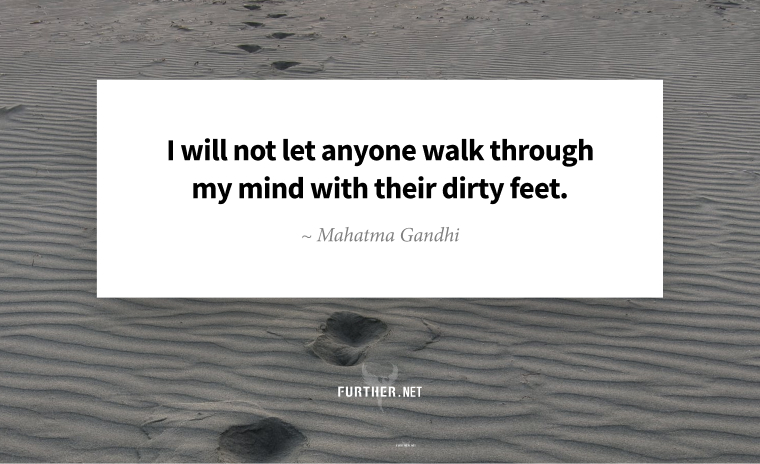
For decades now, older people have been leaving the United States for retirement. A much lower cost of living combined with sunny skies and tropical climates make for a winning combination.
Mexico, Costa Rica, and Panama remain popular choices. More recently, Portugal and Greece offer idyllic and affordable European alternatives.
The twist on this scenario is that now young people aspire to leave the country as well. Gen Z isn’t thinking retirement, but the possibilities afforded by remote work. This combination of expat age groups has led to a mass exodus from the States in the last decade:
As of 2020, almost three million people born in the US were living in different countries. American emigrants go everywhere — Mexico, Canada, Europe, Australia, Singapore… no other country has sent as many emigrants to as many places.
The reasons young people want to leave? Many are obvious — the high cost of living, political strife, lack of universal healthcare, and gun violence are top rationales among Gen Z.
Meanwhile, older Americans aren’t fully embracing the typical retirement. Beyond the current “unretirement” trend that has Baby Boomers returning to work, others never quit in the first place:
80 percent of semi-retirees say they’re employed because they want to be; working after retirement is actually more common among workers with higher socioeconomic status.
The next phase of these two trends will see Generation X both continuing to work and leaving the United States for sunnier shores with a lower cost of living and affordable healthcare.
The key is doing work that allows you to live wherever you want. That’s the new American dream — all the promised benefits of retirement while maintaining an income and the purpose that comes from fulfilling work.
We’re moving from retirement planning to “unretirement planning.” As I begin my own unretirement journey in 2024, I’ll take you along with me to share tips, tactics, and strategies for living the dream.
Further Exploration:
Expat nation: Why more young Americans than ever are emigrating
Keep going-
P.S. New to Further? Join us here.
Longevity Lifting
While cardio is tied to living longer, living longer with the loss of muscle that naturally comes with it is not a winning proposition. If we’re going to live into our 90s or more, we need to be strong enough to make it worthwhile. Lift heavy things now to thrive later.
Why Strength Training is Key to Your Long-Term Health (CNN)
The Berry Definition of Health
This kind of hype in the headline below isn’t necessary or helpful. It’s not like if you eat junk and lay around all day that blueberries will save you. Whoops, spoiler … it’s blueberries, and they really are very good for you.
Do the Math
Generation X is already hurting when it comes to retirement savings. And then when you do the math related to how much income you’ll have per year based on your savings plus Social Security, most people are facing a large downgrade in lifestyle. This plus a lack of purpose without work is why “unretirement” is one of the top trends for 2024.
Will Your Retirement Savings Leave You Rich or Broke? (Motley Fool)
Portuguese Dream
Portugal was a leading choice for home base in my own impending “unretirement” plans until we decided to start a bit closer to parents and kids in Costa Rica. If you get a chance to visit, though, check it out. It’s like California in terms of weather, but at a fraction of the cost of living.
This European Country Was Just Named One of the Best Places to Retire in the World Thanks to Its ‘Perfect’ Climate (Travel+Leisure)
Fuel Your Productivity and Success with a Negativity Fast

By Trudi Roth
There’s a line from the 1988 classic film Who Framed Roger Rabbit, crooned by Kathleen Turner’s Jessica Rabbit:
I’m not bad, I’m just drawn that way.
Decades later, in our 24/7 sensationalist world, that sentiment could apply to almost all media and countless organizations, products, and people. Like sex, fear and loathing sell — mainly because our brains come hardwired with a negativity bias. Research shows we gravitate to “bad things,” storing them in our memories and letting them guide our decision-making.
With no shortage of awful things happening worldwide, it’s easy to get lulled into hopelessness-driven inactivity. But at midlife, you have miles to go in pursuit of greater meaning and purpose and can’t let despair derail you. Time to take the bull(sh*t) by the horns and steer yourself towards a more positive path.
A Few Things to Chew On
First, a word about positivity: while being cheerful uplifts both you and society overall, there’s certainly a toxic dark side, too. Plus, it’s not so simple to pivot into bliss. As Anthony Iannarino, author of The Negativity Fast: Proven Techniques to Increase Positivity, Reduce Fear, and Boost Success, points out:
Our seven dominant emotions are anger, contempt, fear, disgust, happiness, sadness, and surprise. Five dominant emotions are negative, with happiness the only positive one, unless the surprise happens to be positive.
Iannarino’s journey started when a mentor noted how angry and worried he was about things that were largely beyond his control. This led him to conduct a “negativity audit,” identifying magazines, books, newsletters, and people who were bringing him down. From there, Iannarino went on a 30-day “negativity fast,” which was so effective that he’s still doing it 20 years later.
Ditching the Downer Diet
A positivity pivot may still seem challenging even after critically examining what you consume and who you surround yourself with. Chin up! Here are some simple tactics that can make a negativity fast go down easier:
- Focus on uplifting content (like Further 😉) made by inspiring, upbeat creators (my faves include Pema Chödrön and Mark Manson).
- Skip watching the news and instead scan headlines from more neutral sources (i.e., NPR).
- Note how often you complain, and try to do it less.
- Do Martin Seligman’s “Three Blessings” exercise: Each evening, write down three things that went well for you that day.
- Notice your mortality — Iannarino uses a countdown app that tells him how many weeks he has left if he lives to the average age in the US of 78.2 years.
That last one is incredibly potent, reminding you that you’ve got a limited time to leave your mark on this world (and have fun in the process). I’m pretty positive you don’t want to negate this precious opportunity.
I tried a 2-week negativity fast. Here’s how it went (Fast Company)
further: flashback

Ozzy Osbourne – Crazy Train
Blizzard of Ozz, 1980
Crazy Train was Ozzie Osbourne’s commentary on the Cold War hysteria that kept us all in a generalized state of anxiety in the 1980s. But the video is all about the man behind that amazing guitar solo – the late, great classically-trained Randy Rhoades. (YouTube)
further: sharing
Enjoy this issue? Please forward this email with friends or share on social media.
Thank you for sharing Further!
